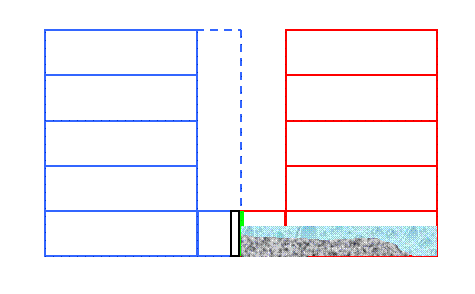Presuming that there is actually pressure in the boiler your wtr pressure switch is blocked.
Drain boiler from drain nipple on isolation valve. Remove 3 connections on switch (Turn power off 1st). Unscrew switch clear hole in switch (gently) and also hole on the pipe. Refit.
Reattach wires Pink to terminal 1, brown to the neon terminal 2, brown to overheat stat terminal 3. Refill boiler to 1 bar turn on and it should work.
Drain boiler from drain nipple on isolation valve. Remove 3 connections on switch (Turn power off 1st). Unscrew switch clear hole in switch (gently) and also hole on the pipe. Refit.
Reattach wires Pink to terminal 1, brown to the neon terminal 2, brown to overheat stat terminal 3. Refill boiler to 1 bar turn on and it should work.



